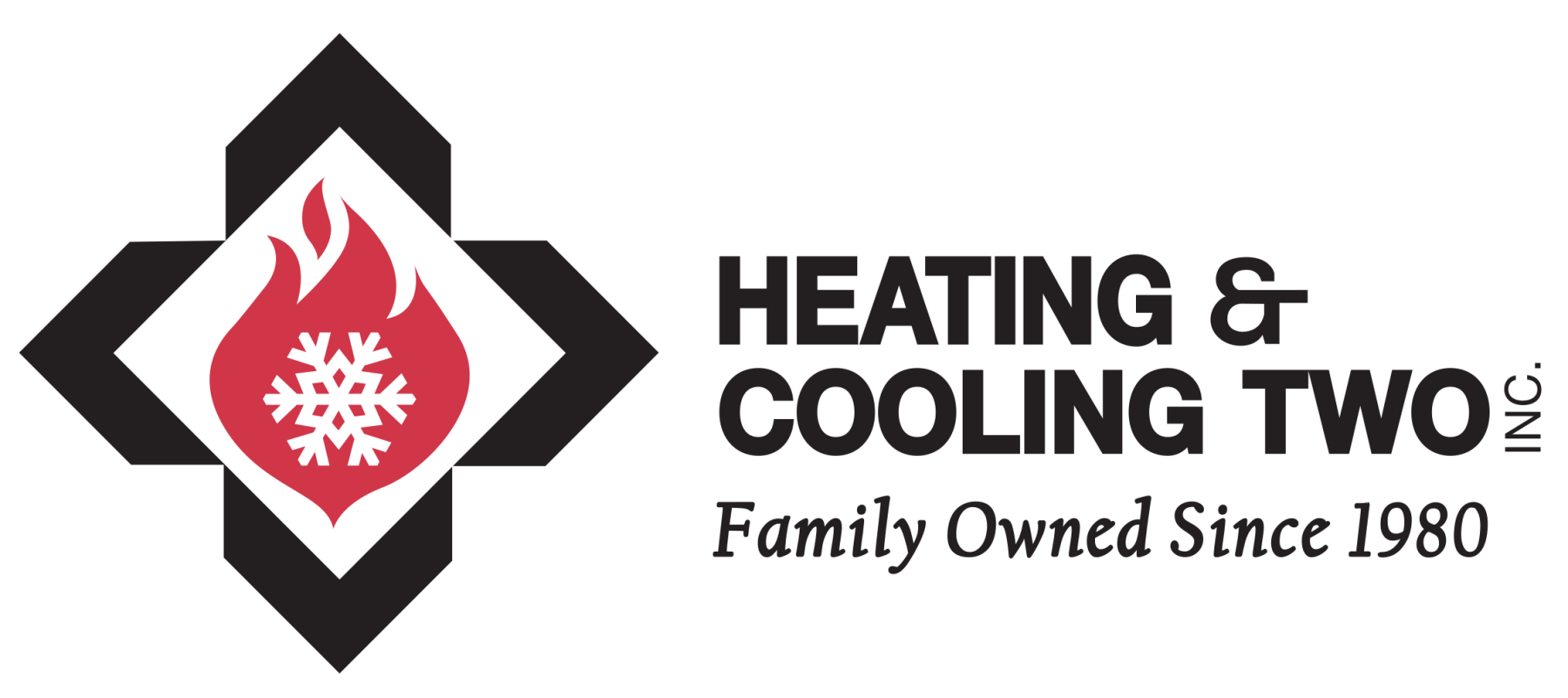Heat Pumps Brooklyn Center, MN
Heat pump technology represents one of the most versatile and energy-efficient solutions for year-round comfort in Brooklyn Center homes. At Heating & Cooling Two, Inc., we specialize in the installation, maintenance, and repair of these innovative systems that provide both heating and cooling capabilities through a single unit. Our NATE-certified technicians bring extensive expertise in heat pump systems, understanding the unique demands that Minnesota’s climate places on these units and how to optimize their performance throughout every season.
The science behind heat pump operation fascinates many homeowners who discover that these systems don’t generate heat like traditional furnaces but instead transfer it from one location to another. During summer months, heat pumps extract warmth from inside your home and release it outdoors, functioning similarly to conventional air conditioning systems. When temperatures drop, the process reverses, capturing heat energy from outdoor air—even when it feels cold outside—and bringing it indoors. This heat transfer process requires significantly less energy than generating heat through combustion or electrical resistance, making heat pumps an increasingly popular choice for energy-conscious Brooklyn Center residents.
Types of Heat Pump Systems Available
Air-source heat pumps remain the most common installation choice in Brooklyn Center, drawing heat from outdoor air and distributing it throughout your home via ductwork or ductless indoor units. These systems have evolved dramatically since we first opened our doors in 1980, with modern units capable of maintaining efficiency even when outdoor temperatures plummet well below freezing. Variable-speed compressors and advanced refrigerant technologies enable today’s air-source heat pumps to deliver consistent comfort while adapting to changing weather conditions and indoor temperature demands.
Ground-source or geothermal heat pumps represent another option that leverages the stable temperatures found underground. These systems circulate fluid through buried pipes, exchanging heat with the earth rather than outdoor air. While geothermal installations require more extensive initial work, including drilling or excavation, they offer exceptional efficiency and longevity. The constant ground temperatures in Brooklyn Center, typically ranging between 45 and 60 degrees Fahrenheit year-round, provide an ideal heat exchange medium that maximizes system performance regardless of surface weather conditions.
Ductless mini-split heat pumps have gained tremendous popularity, particularly in homes without existing ductwork or in room additions where extending central HVAC would prove challenging or costly. These systems consist of an outdoor compressor unit connected to one or multiple indoor air handlers mounted on walls or ceilings. Each indoor unit operates independently, allowing precise temperature control in different zones throughout your home. This zoning capability not only enhances comfort but also reduces energy waste by conditioning only occupied spaces.
Installation Considerations and Process
Proper sizing stands as the foundation of successful heat pump installation in Brooklyn Center homes. Our technicians perform detailed load calculations that account for your home’s square footage, insulation levels, window efficiency, and architectural features. Oversized systems cycle on and off frequently, failing to adequately dehumidify during cooling season and wearing components prematurely. Undersized units run continuously without achieving desired temperatures, driving up energy costs and reducing equipment lifespan. We’ve devoted over four decades to evolving, expanding, and streamlining our services to ensure precise system sizing that matches your specific needs.
The installation process begins with evaluating your existing infrastructure, including electrical service capacity, ductwork condition if applicable, and optimal locations for both indoor and outdoor components. Outdoor units require adequate clearance for airflow and service access while minimizing noise impact on living spaces and neighboring properties. Indoor components need strategic placement to ensure effective air distribution without creating drafts or hot spots. Our experience translates into specialized knowledge about ideal equipment positioning that maximizes both performance and aesthetics.
Maintenance Requirements and Best Practices
Regular maintenance keeps heat pumps operating at peak efficiency throughout their service life, which typically spans fifteen to twenty years with proper care. Basic homeowner maintenance includes replacing or cleaning filters monthly during heavy use periods, keeping outdoor units clear of debris, leaves, and vegetation, and ensuring indoor vents remain unobstructed. These simple tasks maintain proper airflow, preventing strain on system components and maintaining energy efficiency.
Professional maintenance encompasses more comprehensive procedures that protect your investment and prevent unexpected breakdowns. Our technicians inspect electrical connections, measure refrigerant levels, clean coils, lubricate moving parts, verify thermostat calibration, and test safety controls. We check defrost cycles crucial for winter operation, ensuring your heat pump efficiently removes frost buildup that naturally occurs during heating mode. By always prioritizing people over profit, we’ve earned our spot as the premier HVAC contractor in the Twin Cities metro area through honest recommendations about maintenance frequency based on your system’s age, usage patterns, and manufacturer specifications.
Energy Efficiency and Cost Considerations
Heat pumps deliver impressive efficiency ratings, often achieving 300-400% efficiency compared to the maximum 98% possible with high-efficiency furnaces. This means that for every unit of electricity consumed, heat pumps can deliver three to four units of heating or cooling energy. The Seasonal Energy Efficiency Ratio (SEER) measures cooling efficiency, while the Heating Seasonal Performance Factor (HSPF) quantifies heating efficiency. Modern heat pumps available in Brooklyn Center achieve SEER ratings exceeding 20 and HSPF ratings above 10, representing substantial energy savings compared to older equipment or conventional heating and cooling systems.
- Reduced utility bills through lower energy consumption for both heating and cooling needs
- Potential rebates and incentives from utility companies and government programs supporting energy-efficient upgrades
- Increased home value as buyers increasingly seek properties with efficient climate control systems
- Lower carbon footprint compared to fossil fuel heating systems
- Consistent comfort through precise temperature and humidity control
Understanding total ownership costs involves considering initial investment, operating expenses, and maintenance requirements over the system’s lifetime. While heat pumps may require higher upfront investment than traditional heating or cooling equipment alone, the combined functionality and energy savings often result in lower long-term costs. Financing options and utility rebates can offset initial expenses, making heat pump technology accessible for various budgets. Trust our NATE-certified technicians to provide valuable insight about system options that align with your comfort goals and financial considerations, tailoring our recommendations to suit the specifics of each job to achieve the outcome you’re looking for in Brooklyn Center’s variable climate conditions.



